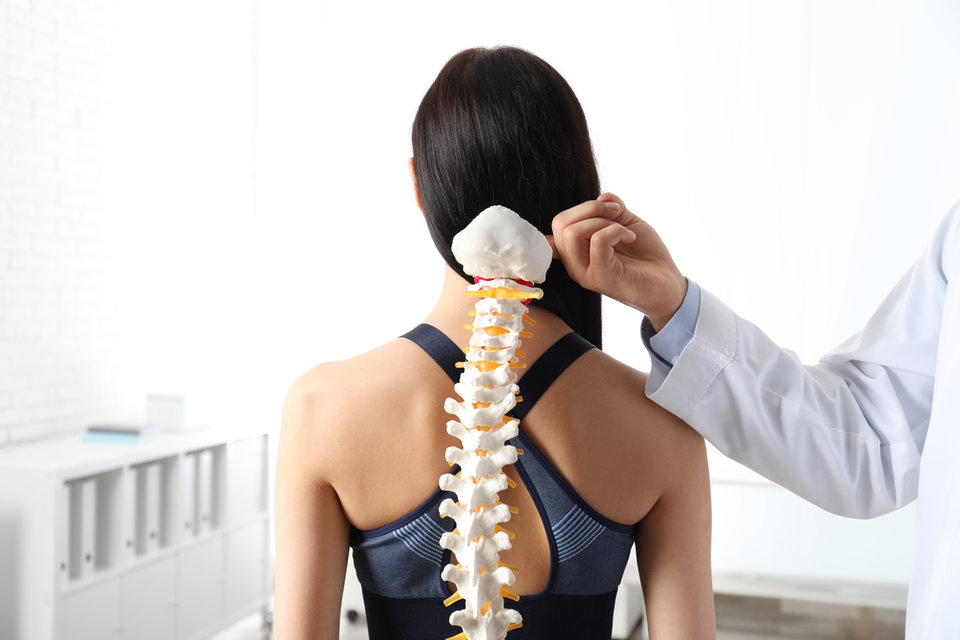
Over $4.8bn revenue lost in the orthopaedic market in 2020 due to Covid-19
Last year, the impact of Covid-19 on the orthopaedic market was pronounced. According to GlobalData analysis, the orthopaedic market was worth over $48.4bn prior to Covid-19. The market decreased by around 10% to $43.6bn last year, affected by lower levels of elective procedures.
Twelve-month revenue from Zimmer Biomet declined by 12% to around $7bn last year, while Orthopedics’ revenue from Johnson and Johnson decreased by 12.2% to nearly $7.8bn. Stryker Orthopedics’ organic net sales decreased by 8.1% last year, including 6.6% from decreased unit volume and 1.5% from lower prices.
Smith and Nephew reported a revenue loss of around 13% for its orthopaedics and sports medicine business. As the first quarter of 2021 saw continued pressure from Covid-19 and its impact on the recovery of elective procedures, GlobalData expects that it will take the rest of the year to return to pre-pandemic levels for elective orthopaedic surgeries globally.
To fight against the recession, major players have reconstructed their core businesses. For example, Zimmer Biomet recently announced that it would spin off its spine and dental businesses to focus its resources on the hip, knee and trauma markets.
Last year, Stryker acquired Wright Medical to expand the product portfolios and customer bases of its trauma, foot and ankle and upper extremities businesses.
Smith and Nephew acquired Integra LifeSciences’ Extremity Orthopaedics business to strengthen the extremities business, which is among the fastest-growing segments in orthopaedics.
Despite the unprecedented challenges of the pandemic, most orthopaedic manufacturers have invested heavily in robotic systems. Last year, Zimmer Biomet sold more than 300 robotic surgical assistant (ROSA) knee systems, with $100m in gross revenue.
Its ROSA partial knee system recently received US Food and Drug Administration (FDA) clearance for robotically assisted partial knee replacement surgeries. The company expects to launch ROSA Hip by the end of this year.
Stryker’s Mako has secured regulatory approval in China, Brazil and Russia, while Smith and Nephew’s handheld robotics platform, the CORI, will launch in Europe and India this year. Johnson and Johnson recently received 510(k) FDA clearance for the Velys robotic-assisted solution.
GlobalData expects to see strong growth in both the robotic systems and disposable markets, driven by the increase of robotic assisted orthopaedic procedures, with a compound annual growth rate of around 10% from 2021 to 2030.
Covid-19 has accelerated the shift in the site of care, with more procedures, particularly with total joints, taking place in an outpatient or ambulatory surgical centres (ASCs) to reduce hospital bed occupancy rates.
As a result, more orthopaedic instruments are tailored to meet the needs of ASCs with smaller size and remotely controlled features. In addition, companies like Stryker launched ASC-focused businesses last year to deliver specific solutions to optimise clinical and financial outcomes in ASCs. GlobalData expects this trend to continue in the coming years.
For more insight and data, visit GlobalData's Medical Intelligence Centre
COMMENT from